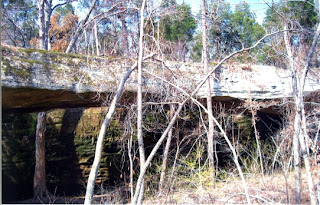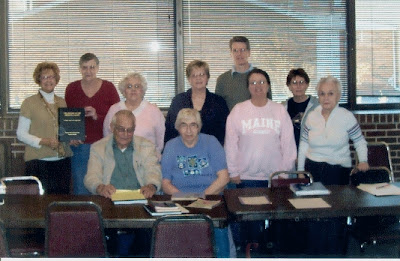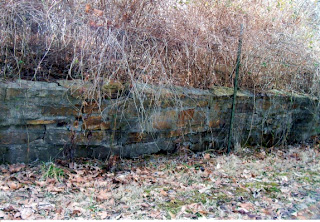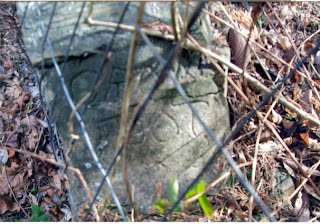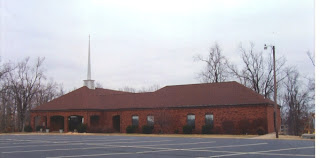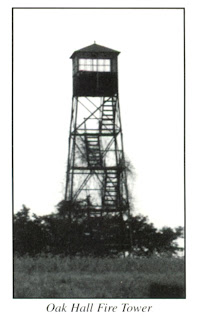On June 30, 1996, members of the Dycusburg United Methodist church celebrated a homecoming at the present church site, which traces its roots back to Oct. 21, 1855.
On page 876 of Deed Book B at the Lyon County Courthouse, it is recorded that on Oct. 21, 1855, Issac Shelby of Livingston County deeded to the church south lot 17 for the sun of $200.00. R. M. Collum, G. B. Dycus and George M. Marshall were named as trustees. The lot 17 mentioned was located at the corner of Commerce and Spring Streets in Dycusburg. This was the same Isaac Shelby who became governor of Kentucky.
In 1904, the old church was torn down and during this time services were held in a near-by school. V. P. Thomas and Robert Johnson served as pastors for the next two years.
Mrs. F. B. Dycus Sr., owned the lot which the present church now stands on and traded it for the original lot 17. Construction was started on a new building in the spring of 1906. The builders were Robert "Bob" Cooksey and Bud Vosier. Dedication ceremonies were held in the fall of that year. This building was used until the fall of 1945.
'The present building was under construction for three years and dedication services were held on June 27, 1948. According to Geneva Dycus, "It was a beautiful day and the church was crowded to overfowing."
Some of the people who were active at this time in the church were: Bennett Ramage, Supt. of Sunday School: Stewards: Ray Owen, Guy Patton, Mollie Lee Graves, Bonnie Ramage and Mrs. Fred Joyce; Teachers: Geneva Dycus, Reba Henry, Shellie Decker, Mable Dycus and Neoval Decker. The pastor was C. G. Oliver.
The picture of the church above was made Nov. 3, 2010


